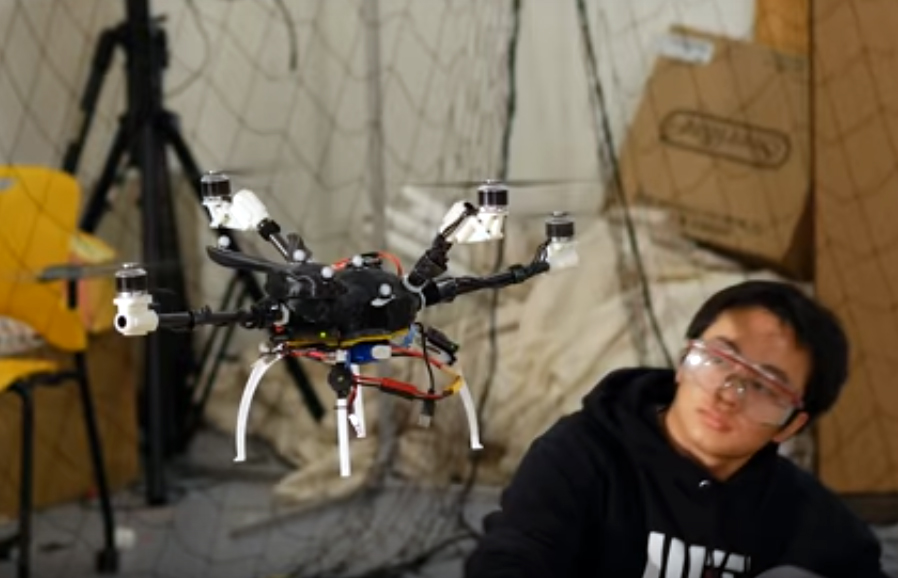Design Your Own Drone
-
-
slice.mit.edu
- 1
Filed Under
Recommended

Wojciech Matusik SM ’01, PhD ’03, an associate professor who leads the Computational Fabrication Group at CSAIL, oversaw the project that allows users to adjust the drone’s size, shape, and structure to their specific needs. The computational multicopter design system (currently a prototype) allows the user to choose design objectives and the specs needed to fit those goals are automatically computed.
“This system opens up new possibilities for how drones look and function,” Matusik told MIT News. “It’s no longer a one-size-fits-all approach for people who want to make and use drones for particular purposes.”
Matusik and his team at MIT CSAIL are responsible for designing the algorithms, developing the software, and fabricating the multicopters. PhD student Tao Du and Matusik co-authored a paper with PhD student Adriana Schulz, postdoc Bo Zhu, and assistant professor Bernd Bickel of the Institute of Science and Technology Austria and it will be presented next week at the annual SIGGRAPH Asia conference in Macao, China.
“We built a pipeline for casual users to design customized drones,” says Matusik. “The pipeline mainly includes four steps: first, users start from designing a parametrized multicopter with our interactive tool by picking components from the database and assembling them into a design prototype. Next, this design is fed into our optimization algorithm according to the user-specified metrics. Then, optimized design is verified by our rigid-body dynamics simulator. Finally, we fabricate the drone with the simulation-verified design and perform a real flight test for evaluation.”
The technique is important, they say, because the simplicity opens up possibilities for who can design customized drones. “This method allows users to design non-standard and asymmetric drones for specific goals, such as a drone carrying a camera or lifting packages with irregular shapes,” says Zhu. “Finally, the optimization algorithm we embedded in the system enables us to efficiently find a design with better performance, such as heavier payload or less battery consumption.”








Comments
Kao M Moua
Tue, 07/11/2017 12:43am
When will the drone design software be released?
Thanks,
Kao M Moua